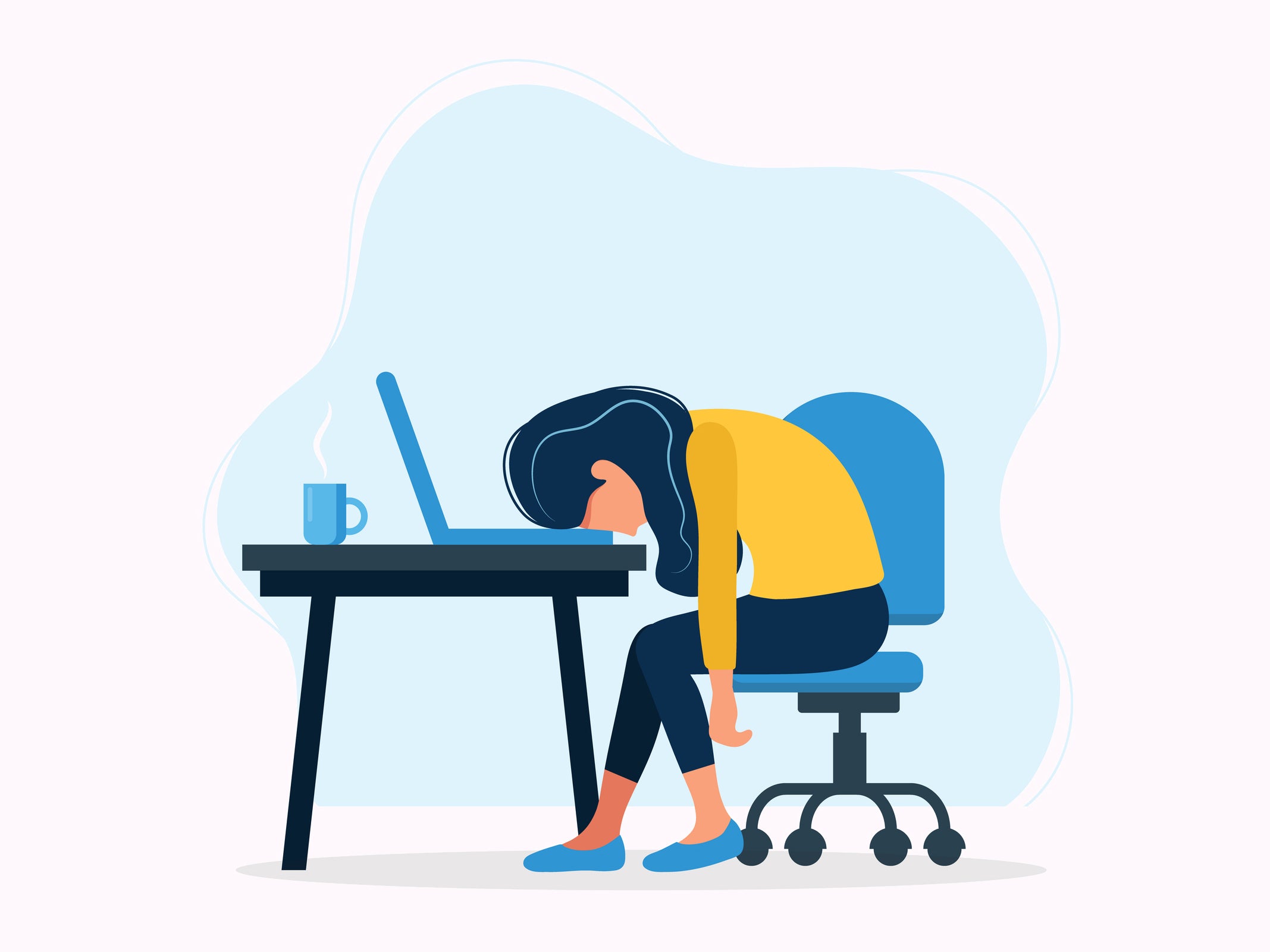How to have a great day at work: Reverse your slump cycle
In her regular column, business founder and wellness expert Nicola Elliott looks at one thing we can all do that will make our nine-to-five feel happier and healthier


The afternoon energy slump is something that most of us are familiar with, so how to stop it? Ultimately, blood sugar balance is crucial in keeping everything steady, and there are some simple things you can do to support energy production and avoid any deficiencies across the day.
When choosing the best breakfast to get your blood sugar on the right track, it’s all about making protein the star of the show, so eggs and smoked salmon or Greek yoghurt with nuts and berries are ideal.
Eggs are the ideal meal (not just for breakfast) because they contain about 6-7g of protein along with all nine amino acids that are needed for optimal body function. They are also high in B vitamins, which is crucial.
Keep the protein coming as the day goes on for sure, but what’s also helpful is following a low glycemic index diet, where the foods are categorised based on their effect on blood sugar levels. For example, a high-GI carbohydrate spikes blood sugar a lot quicker than a low-GI carb. White or refined carbs, such as cakes, pastries and highly processed foods, all count as high-GI carbs and can leave us feeling fatigued and suffering from brain fog and sugar cravings, hence the 4pm slump.
Low-GI options include complex carbs: brown rice, lentils, beans, spelt, most veg and certain berries, apples, pears and citrus. Simple lunchtime switches, such as brown rice instead of white, will go a long way to reducing that energy slump.
Quinoa is a bit out of fashion, but it’s a way superior alternative to oats as a source of complex carbs and vitamin B, which slowly and steadily release energy for hours. Its high fibre content helps with gradual sugar absorption, preventing spikes, so it’s an excellent lunch option.
B vitamins seriously help with energy production – think dark greens, spinach, cauliflower or broccoli. In fact, the active forms of B1, B2, B3 and B5 are all essential factors that produce ATP, which is the cell’s “energy currency”.
Not only that, but B vitamins help with brain function, which plays a central role in whether or not we feel fatigued. Magnesium also helps to support energy (ATP) production, and being deficient in that can contribute to making us feel tired.
Also found in dark-leafed vegetables, this mineral is a factor in more than 300 functions in the body (and deficiency is quite common). Spinach is a powerhouse for energy, as it is so rich in iron – this is crucial for producing haemoglobin, which transports oxygen in the blood.
In terms of afternoon snacking, the principles stay the same: keep blood sugar balanced with snack options such as hummus with oatcakes, berries with nuts, or banana and nut butter (eating the two together works like magic for balancing blood sugar).
A handy tip is to move. A post-lunch walk of just 10 minutes has been shown to lower glucose spikes considerably as well as lowering insulin levels. I’m not anti-coffee, but it’s worth remembering that caffeine can affect you for about 5-6 hours, so if you reach for it after 4pm, it will probably disrupt your sleep. Which is not going to do anything for the next day’s slump cycle.
Nicola Elliott is the founder of NEOM, and her book, ‘The Four Ways to Wellbeing: Better Sleep. Less Stress. More Energy. Mood Boost’, is published by Penguin Life
Join our commenting forum
Join thought-provoking conversations, follow other Independent readers and see their replies
Comments

Bookmark popover
Removed from bookmarks